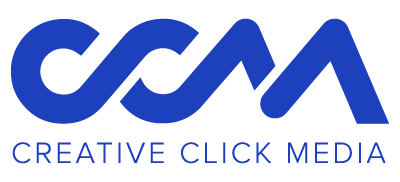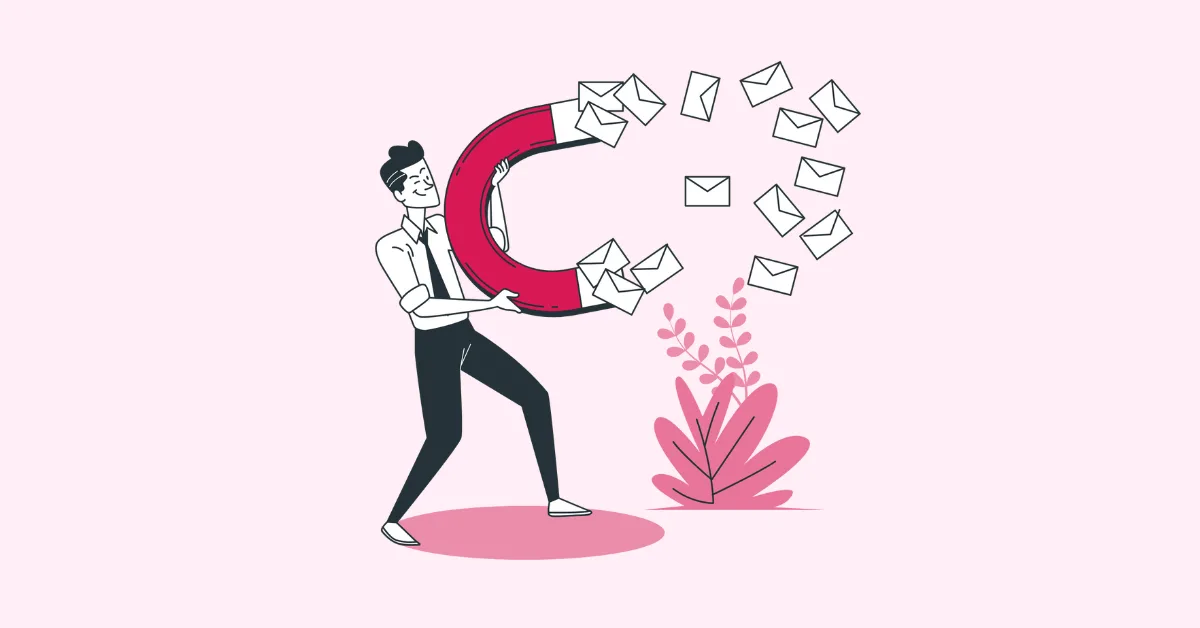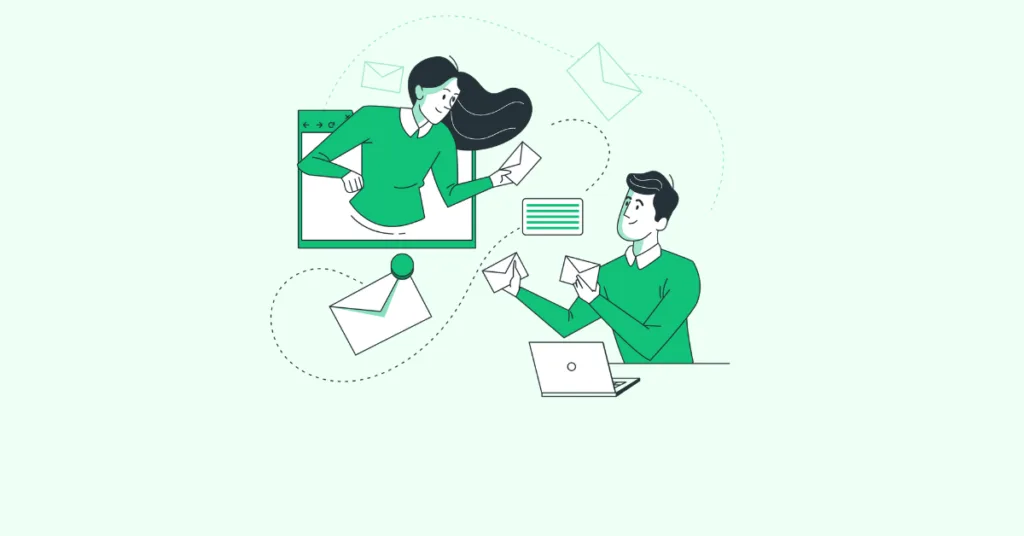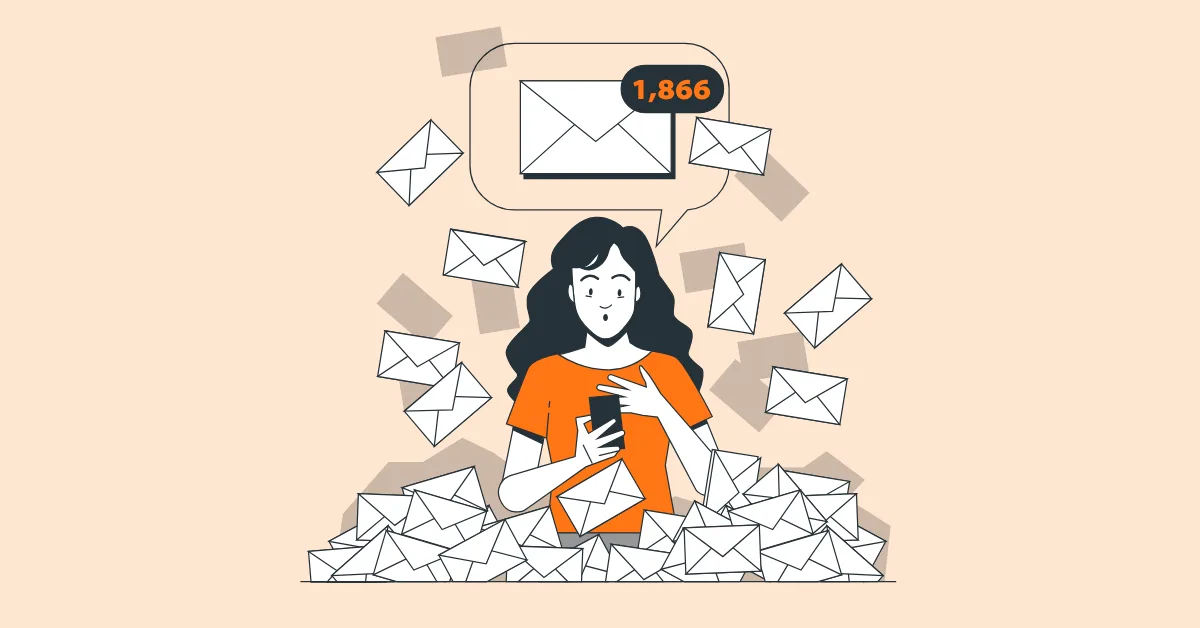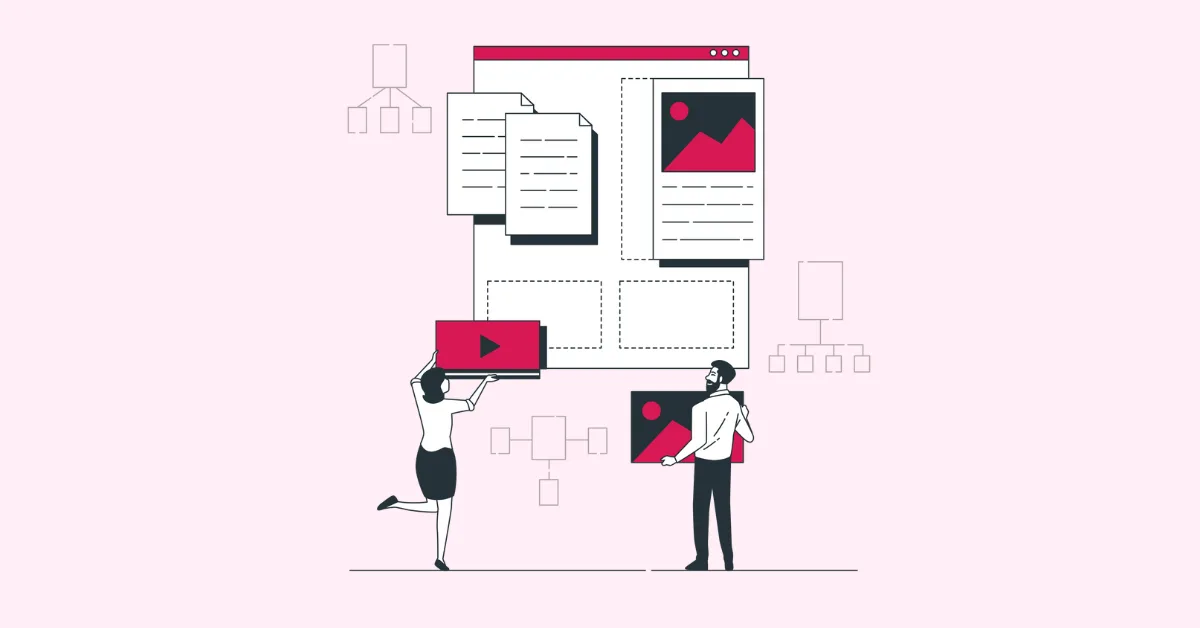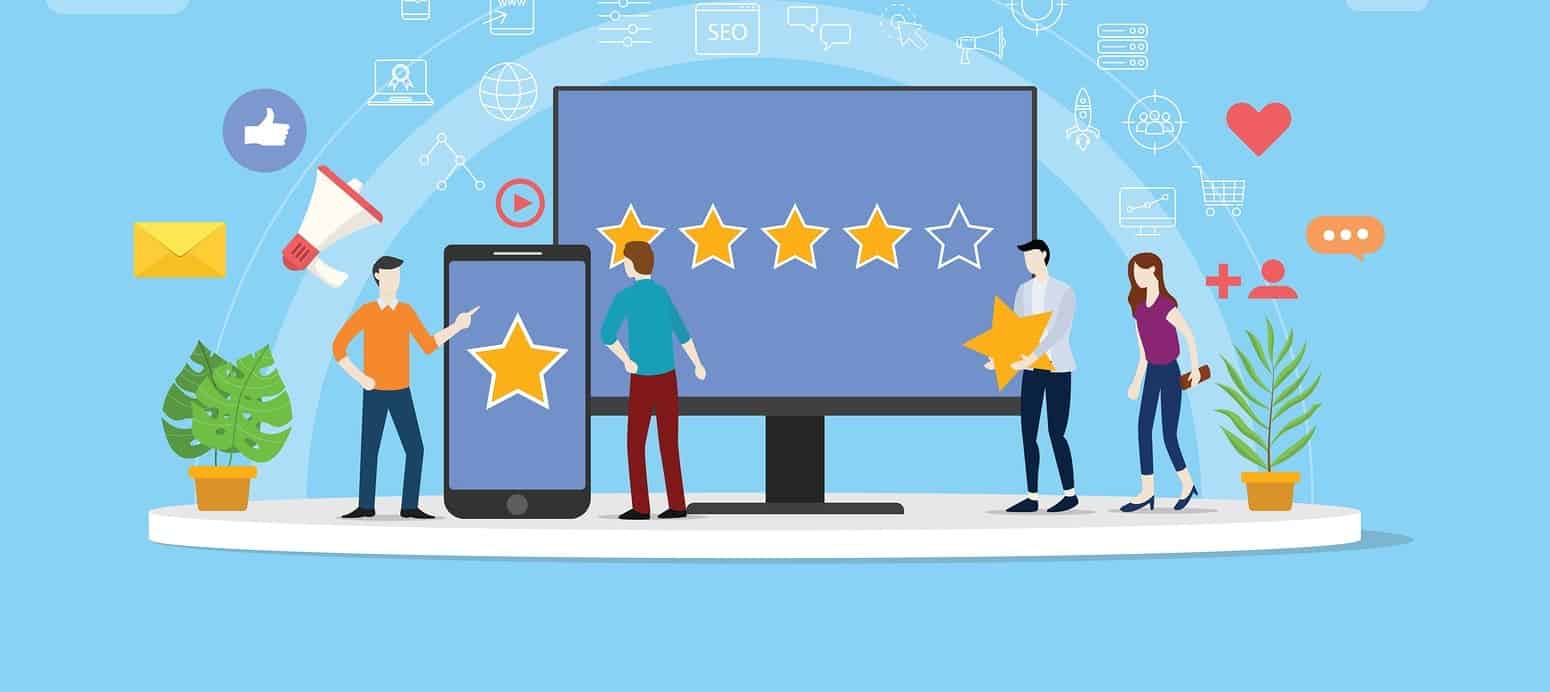In today’s digital landscape, there’s no shortage of ways for marketers to reach an audience. With platforms like Youtube, Facebook, and Instagram out there, it may be surprising that the most profitable direct marketing avenue is email marketing. It’s true – even with all of these options at our fingertips, the best way to find a return on your investment is still through email marketing. Email marketing is also a great way to keep your target audience engaged, build brand awareness, and foster customer loyalty.
Table of Contents:
- What is Email Marketing?
- Does Email Marketing Work?
- Types of Marketing Emails
- Creating an Effective Email Marketing Campaign
- How to Build Your Subscriber List
- How to Segment Your Subscriber List
- Creating Your Own High Conversion Campaign
What is Email Marketing?
So what exactly is email marketing? Technically, it is any email sent out by an organization to current or prospective consumers. These emails usually contain a marketing message that sets out to generate sales, promote services, build brand awareness, and develop relationships with a target audience. A whopping 90% of businesses use email marketing to distribute their content, and 81% of small businesses rely on email marketing as their primary method of acquiring new customers.
The popularity of email marketing transcends industries because it is often your most direct line of communication with your audience, especially in our mobile-first world. According to 2019 research from Adestra, 62% of all email opens occur on a mobile device. The chances of your audience regularly checking your company website for updates may be slim, but the likelihood of them checking their email on their phone throughout the day is much higher.
 You know email marketing is popular, and you have a general understanding of why it’s popular, but that doesn’t answer one critical question – does it actually work?
You know email marketing is popular, and you have a general understanding of why it’s popular, but that doesn’t answer one critical question – does it actually work?
Does Email Marketing Work?
Email marketing is not a new concept. In fact, the first email blast in history was sent all the way back in 1978. Countless digital marketing trends have come and gone since then, but email marketing is holding on as strong as ever. Why is that? Because it works.
Some of the biggest benefits afforded to businesses who utilize marketing emails include:
Increased Brand Awareness: Email is your most direct line of communication with your customers, and it’s also one of the most visible. Think about it – how many brands do you follow on social media whose posts you never see before they get buried by the algorithm? With email marketing, each message you send will be delivered to your audience directly. Routinely seeing your company’s name at the top of their inbox will go a long way when your subscribers are in the market for a product or service your company provides.
Higher Conversions: Getting the right message to the right people is key to improving your conversion rate. Luckily, marketing emails provide a great deal of opportunities for personalization. Segment your audiences by area of interest whenever possible – for example, a marketing agency like ours would utilize segmentation to send an SEO offer only to our SEO clients. Ecommerce companies might use segmentation to send retargeting messages to subscribers who have made purchases in the past. The more personalized your messaging, the more likely it is to convert.
Customer Loyalty: The space you occupy in your audience’s inbox is valuable real estate. After all, taking the time to subscribe to your email list already demonstrates a vested interest in your business. Make subscribing worthwhile by providing exclusive offers and resources, and they will be more likely to stay loyal to your brand in the long run.
Lower Costs: Compared to other marketing avenues, email marketing is a relatively low-cost, high-reward way to get your business in front of your target audience. Other than paying for the email platform to do it yourself or hiring a marketing company to handle it for you, there are very little fees involved with creating and implementing an email campaign. Given its proven success rate, email marketing could give your business the biggest bang for your buck in terms of ROI.
Let’s take a look at the success rate of email marketing by the numbers:
- Email marketing yields an average $42 ROI per every dollar spent.
- 60% of consumers say they’ve made a purchasing decision based on an email they received.
- Email marketing has a 40% higher conversion rate than Facebook and Twitter.
- 80% of marketers say email marketing is an effective tool for increasing customer retention.
With numbers like these on your side, the benefits of email marketing for B2B and B2C businesses are undeniable. That said, simply sending emails doesn’t guarantee success. You’ll need to dedicate time, effort and research into creating an email marketing campaign that speaks to the needs of your audience as well as the goals of your organization.
 Types of Marketing Emails
Types of Marketing Emails
It’s common for businesses to fall into the trap of believing that marketing emails are not beneficial in their industry. However, this couldn’t be further from the truth. The benefits of email marketing are not industry specific – you just need to know which types of emails are best suited for your company’s unique objectives.
Email campaigns typically fall into two categories: promotional and informational. Promotional emails generally aim to sell a product or service, either by engaging new customers or re-engaging previous ones. This type of messaging is most commonly seen in ecommerce emails, but can equally be utilized by B2B and B2C companies looking to sell their services. Some common examples of promotional emails include:
- Sale announcements
- New product launches
- Restocked inventory
- Gift guides
- Re-engagement campaigns
Informational emails, on the other hand, aim to educate. This type of email allows you to connect with your subscribers while providing them with valuable content related to your company and your industry. Some common examples of informational emails include:
- Newsletters
- Company updates
- Ebooks
- New content announcements
- Event invitations
No matter the type of marketing email you choose to incorporate into your campaign, it’s important to consider how it will help you achieve your overarching goals. Guiding your subscribers down a sales funnel might require one combination of email types, for example, while a campaign meant to promote an event might require another.
Now that we’ve covered the types of emails that go into a marketing campaign, how do you create one of your own?
Creating an Effective Email Marketing Campaign
Even the most beautifully written and expertly designed email won’t offer your business much benefit without a strategy and intent to back it up. Here are all of the elements your business will need to create an effective email marketing campaign:
The Setup
These are the behind the scenes elements that go into crafting your email marketing campaign. Your subscribers may not see them, but they are just as important as the visual elements in your efforts to engage with your customers and convert new ones.
A Goal: This is what the basis of your entire email will be centered around. Are you looking to sell a product or service, drive traffic to your website, or simply connect with your subscribers? It would be nearly impossible to create an effective email marketing campaign without establishing a clearly defined objective first and foremost.
Audience Segmentation: Not every email is meant for every subscriber. In fact, the last thing you want to do is drive up your unsubscribe rates by sending emails that are irrelevant to large portions of your audience. For example, receiving a coupon code meant exclusively for new customers would probably turn off your existing customers who cannot use it. Segment your audiences to ensure the right emails are received by the most relevant groups of subscribers, and tailor your content accordingly. Not sure how to segment your audience? We’ll get to that later.
A Schedule: Timing is everything when you’re competing against an already cluttered inbox. It’s critical that you are especially mindful of when you schedule your emails to ensure they have the highest likelihood of being seen. Some email marketing platforms like Mailchimp provide optimized send times based on your industry, but you may need to do some experimenting on your own to determine which schedule yields the highest open rates for your specific audience.
The Content
This is the tangible portion of your marketing campaign that arrives in your subscribers’ inboxes. Needless to say, it’s crucial that you get these elements right if you want your readers to stay engaged and take a desired action.
A Subject Line: The success of your email marketing campaign hinges on having strong subject lines. Your business could be giving away a million dollars, but how would your subscribers know that if they aren’t enticed to open the email in the first place? If you notice your open rates are slipping, consider experimenting with your subject lines to see what resonates with your audience. Subject lines that are 9 words or less are the most successful. Additionally, including elements like an emoji or your recipient’s name have been proven to yield higher open rates.
Body Copy: Your subject line may have caught your reader’s attention, but you need strong body copy to hold it. The body of your email explains why you are reaching out, whether that be to promote a sale, share a company update and so on. The language and tone of your copy may vary from email to email. For example, an email from your company’s founder might be written differently than an email from your company collectively. Nonetheless, your email copy should always be consistent with your brand.
Graphics: Some emails are better suited for graphics-heavy rather than copy-heavy messaging. If you’re an ecommerce brand promoting your new spring collection, for example, showing your new products would certainly be more effective than telling about your new products. In addition to having beautiful graphics, it’s important that they are also optimized for emails. You know a large portion of your subscribers will be checking their inbox from their mobile device, so test your email to make sure your graphics still look crisp and clear on a smaller screen.
Call to Action Button: Your email’s call to action (CTA) button functions exactly as its name suggests: it calls upon your reader to take a desired action. The strongest CTA buttons are those that are bold, clear and direct – think “Read the Full Article” instead of “Click Here”. If you find your click through rates are low, consider adjusting the size, placement, color and/or language of your CTA button.
The Aftermath
Your email has been sent – now what? Your marketing campaign doesn’t end once your email reaches your audience’s inbox. In fact, that’s only the beginning. Here’s what you’ll need in the aftermath of your campaign to make your email marketing efforts truly worthwhile for your company’s overarching objectives.
Analytics Analysis: If your business utilizes an email marketing platform to get your message out to your subscribers, you probably have a plethora of analytics available to you. These analytics can reveal some truly valuable insights into the health of your email marketing campaign, such as your open rates, click through rates, unsubscribe rates and sales. Check your analytics regularly throughout your campaign so you can use the information provided to make adjustments to your emails as needed moving forward.
Email Responses: Write a compelling enough email, and your subscribers might respond to learn more about your products, services or company as a whole. This means you will need to stay vigilant while checking your inbox to ensure no responses go unaddressed. Fail to do so and you could lose a subscriber along with a potential customer.
The Next Step: What should your next step be after your email marketing campaign ends? Start planning the next one! Consistency is key when it comes to holding and keeping your audience’s attention, and taking a long break from your subscribers’ inboxes could cause them to lose interest. Take note of the lessons you learned during your previous email marketing campaign, and implement them in a way that makes your next one even better.
 How to Build Your Subscriber List
How to Build Your Subscriber List
Now that you know how to create a killer email marketing campaign, your next priority should be getting it in front of as many eyes as possible. Tempting as it may be to save time by buying into a database of emails, you run the risk of damaging your reputation by “spamming” unwilling recipients. Some email platforms such as Mailchimp may even flag your campaigns should they suspect that your list does not contain legitimate subscribers. Cold emails may work when pitching to reporters, but it’s not the most effective strategy for building a subscriber list in the long term.
So, how do you build an organic list of subscribers eager to see your company in their inbox week after week? Here are a few tips to get you started:
Make it Easy: Joining your email list shouldn’t feel like filling out an application. Make it a complex process, and your potential subscribers could decide it’s not worth the effort. Ideally, subscribing to your email list should only require basic information in as few clicks as possible.
Make it Obvious: How do you expect to grow your subscriber list if your audience doesn’t know your company has anything to subscribe to? Make it obvious by adding a “Join our Email List!” or “Subscribe to Our Newsletter!” button or banner on your website.
Make Them an Offer: One of the most effective ways to encourage your audience to opt into receiving emails from your company is to make them an offer they can’t refuse. Consider hosting email-exclusive sales and giveaways to encourage your audience to subscribe to your email list and stay on it long term.
Make it Fun: A fun strategy to increase your subscriber rate is to create high-value gated content that can only be accessed by providing an email – think quizzes, calculators and so on. Your audience will receive their results in their inbox, and you’ll receive a bevy of new subscribers who felt strongly enough about your content to provide their information.
How to Segment Your Subscriber List
Growing your subscriber list is only half the battle, the second half is segmenting it. As mentioned previously, sending relevant messages to smaller groups within your subscriber list leads to higher conversions than sending the same message to your entire subscriber list. Think about it this way – how likely would you be to continue opening emails from a company who regularly sends promotional offers you don’t qualify for?
Segmenting your subscriber list also gives your company a huge competitive edge. In fact, 89% of marketers from both B2B and B2C companies admit that they do not segment their audiences. Doing so provides your business with a massive opportunity to generate higher conversions and improve your email metrics.
That said, it can be difficult to determine the most effective way to segment your subscribers. A great place to start is to think about the types of emails you want to include in your marketing strategy. Some ideas to consider include:
Industry: Modifying your messaging from industry to industry can make a huge difference in your click through rate. For example, a digital marketing agency like ours might start with a simple segmentation like service providers versus ecommerce retailers. Service providers probably wouldn’t find much benefit from a blog about Shopify updates, so it makes the most sense to send it directly to our segment of ecommerce clients.
Location: Do you have subscribers from across the globe but only ship your products domestically? Does your company host business events specifically for professionals in your area? Asking your subscribers to provide their location when joining your email list is a great idea for companies that regularly run geographically targeted offers or promotions.
Customer Value: It costs more for your company to acquire new customers than it does to maintain their current ones. With this in mind, a great way to segment your audience is by customer value, such as high-paying customers and customers who have done business with you for years. Showing your appreciation for them with thank you emails and exclusive offers is a great way to make them feel special and encourage them to stay loyal to your company.
Creating Your Own High Conversion Campaign
We’ve covered how to create a high converting email marketing campaign of your own – question is, are you ready to get started? If you answered no, that’s completely understandable. A lot goes into creating a successful email campaign, and if you aren’t able to commit to the time and effort needed to do it right, you might be wondering if it worth it to try at all.
Rather than skipping out on the most direct line of communication between your business and your customers, consider outsourcing your email efforts to a marketing agency with the tools and experience needed to implement your campaign for you. Conversions are only a click away – contact our team to get started.
